Part 5: Mythology Dissection 1

Shinshu Field Characters Cont’d
In today’s edition of Silver Falcon’s Mythology Dissections TM, we’ll cover the remaining characters found in and around Shinshu Field.
First, Tama the Pyrotechnist. In the Japanese version of the game, Tama’s full name is Tamaya. A Tamaya is a kind of shrine used in Shinto funeral rights. It means "cornice of the ghosts." The shrine houses a mirror inscribed with the names of the deceased. However, most followers of Shinto practice the Buddhist death rites instead.
This doesn’t have anything at all with fireworks, explosions, or fire, so… either it’s a coincidence, or someone at Clover was just being weird (or they just thought the name was cool?). Gunpowder, and fireworks, were first developed in ancient China by Chinese alchemists in 9th century A.D. The alchemists were trying to formulate an elixir of immortality. Instead they invented boom-boom powder. Oh well.
Along with gunpowder, of course, come fireworks. Fireworks were invented in 7th century, again, in China. They came into widespread use during the Song Dynasty (960-1279). Fireworks masters were known as pyrotechnicians (like Tama). Fireworks were originally used to ward off evil spirits, and later became commonplace during festivals and other celebrations, especially the Chinese New Year. As early as 1110, there were markets that sold a wide variety of fireworks for use during such festivals, such as what we now call sparklers and Roman candles.
Gunpowder is considered one of the four great inventions of ancient China. For some perspective, gunpowder did not come to the West until the 13th century A.D. and was not employed in warfare until the 14th. Yay history!
Next, Onigiri Sensei. He’s called Kozuka Onigirsai in Japanese. An onigiri is a rice ball. One of these puppies:
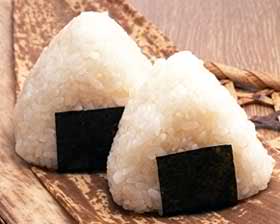 Triangular shape, very popular in Japan.
Triangular shape, very popular in Japan.Maybe someone at Clover was a fan of rice balls?
Now, a bit more interestingly, the pose Onigiri Sensei does during his creeeeepy transformation is the same as Joe from Viewtiful Joe when he transforms. This is self-referential on Clover’s part: Viewtiful Joe was also made by Clover.
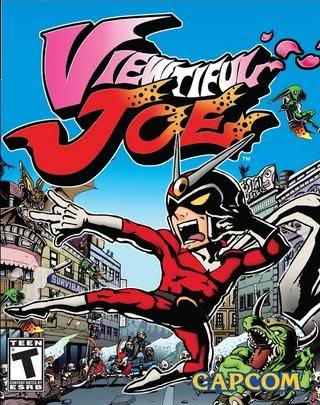
The Moon Cave and the surround have quite a bit of mythology associated with them. Let’s start with Mika. Mika (Mikazuki in the Japanese version) is a Shinto priest, or kannushi. Simple enough. The tufted rod he uses is called a Haraegushi (harae means "purification"), or Onusa. It’s waved back and forth during purification rituals (just like Mika does). When Mika greets Amaterasu, he says her “timing is immaculate,” rather than the usual “impeccable.” I’m guessing this is intentional and not a translation error, because Shinto is big on purity.

A Kannushi and Miko
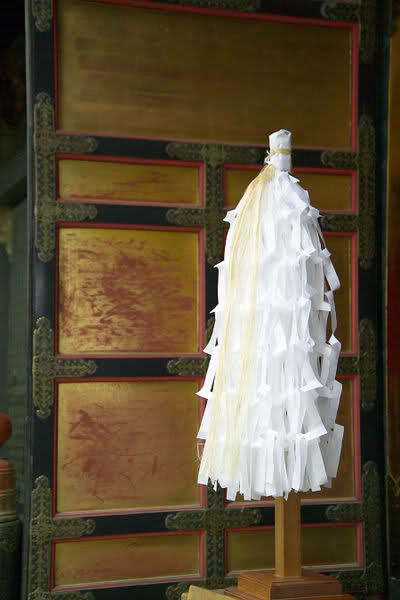
A Haraegushi
As for the Moon Cave itself, certainly it’s a Shinto shrine. I’m going to say it’s based on the Gassan Hongu, a shrine dedicated to the god Tsukuyomi. I covered Tsukuyomi in my 3rd Mythology dissection. He’s the kami of the moon, brother of Amaterasu and Susanoo, and namesake of Nagi’s sword (which is enshrined in the Moon Cave). The shrine is located in the Yamagata prefecture (northwest-ish). I couldn’t find an exact match for Lake Harami, but in the game it’s said to be Nippon’s largest lake. The largest lake in Japan is Lake Biwa, near Kyoto.
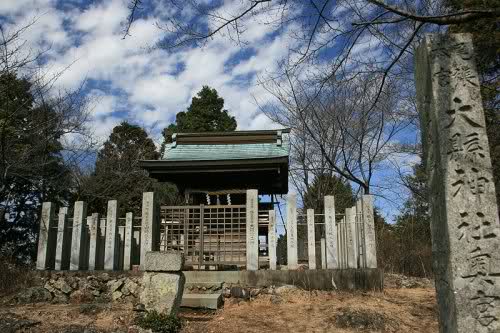
A Gassan shrine. May or may not be the actual Gassan Hongu
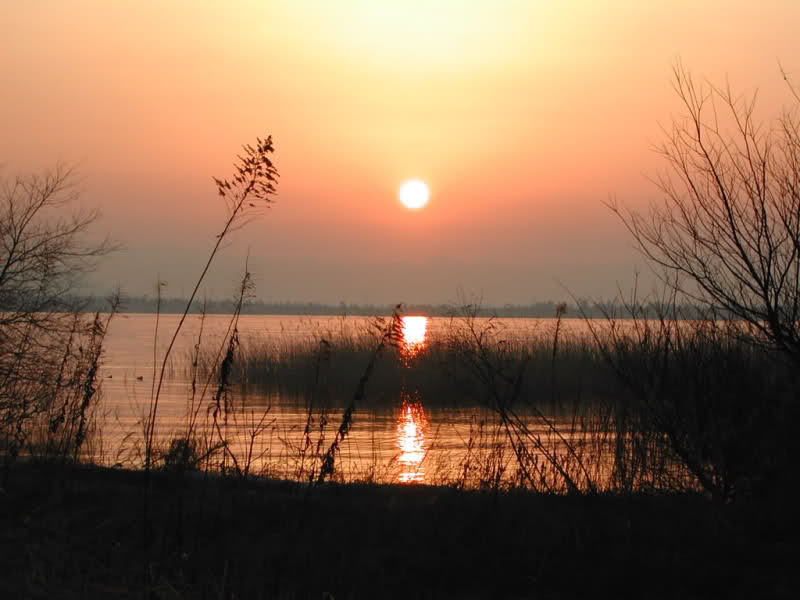
The shoreline of Lake Biwa
I tried to find a picture of the god Tsukuyomi (like a painting or something), but um... take my advice, don't try a GIS for Tsukuyomi. Just. Don't.
Disclaimer: I know dick about Japanese geography. Anyone who knows more about any of these things, feel free to contribute.
Glazius posted:
I'm guessing that Ammy can't actually ride around on the horses, because that would be silly.
No, she cannot, and yes that would be incredibly silly.